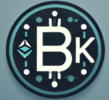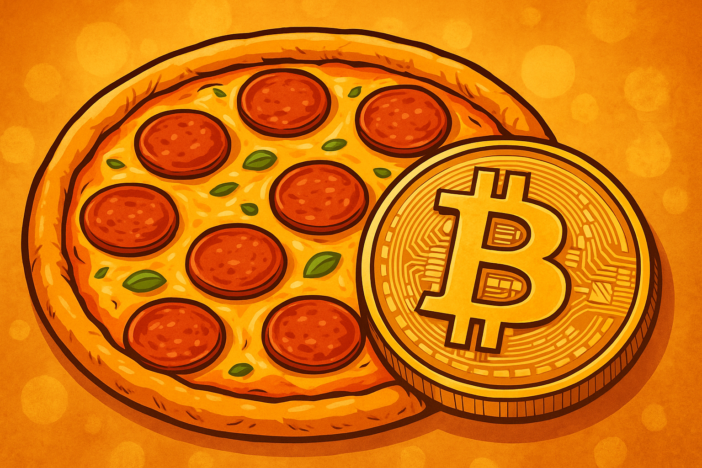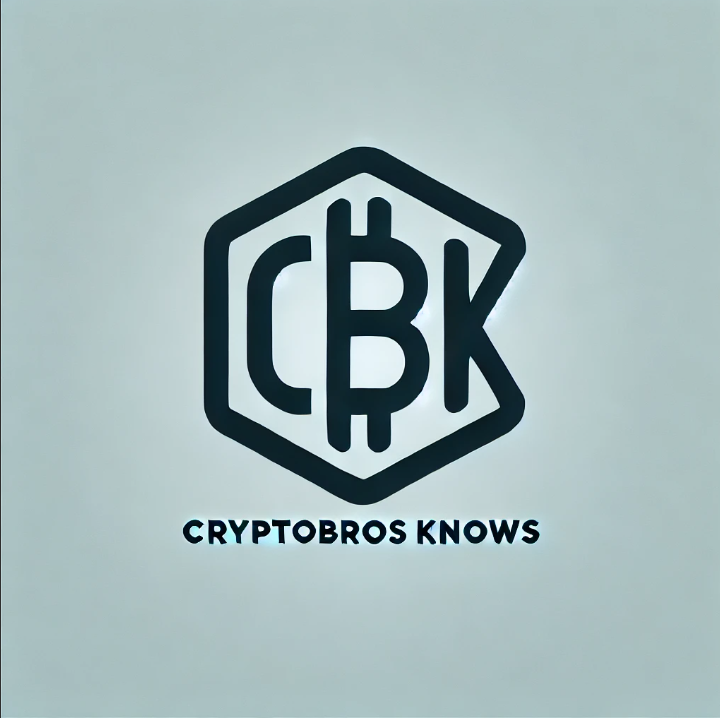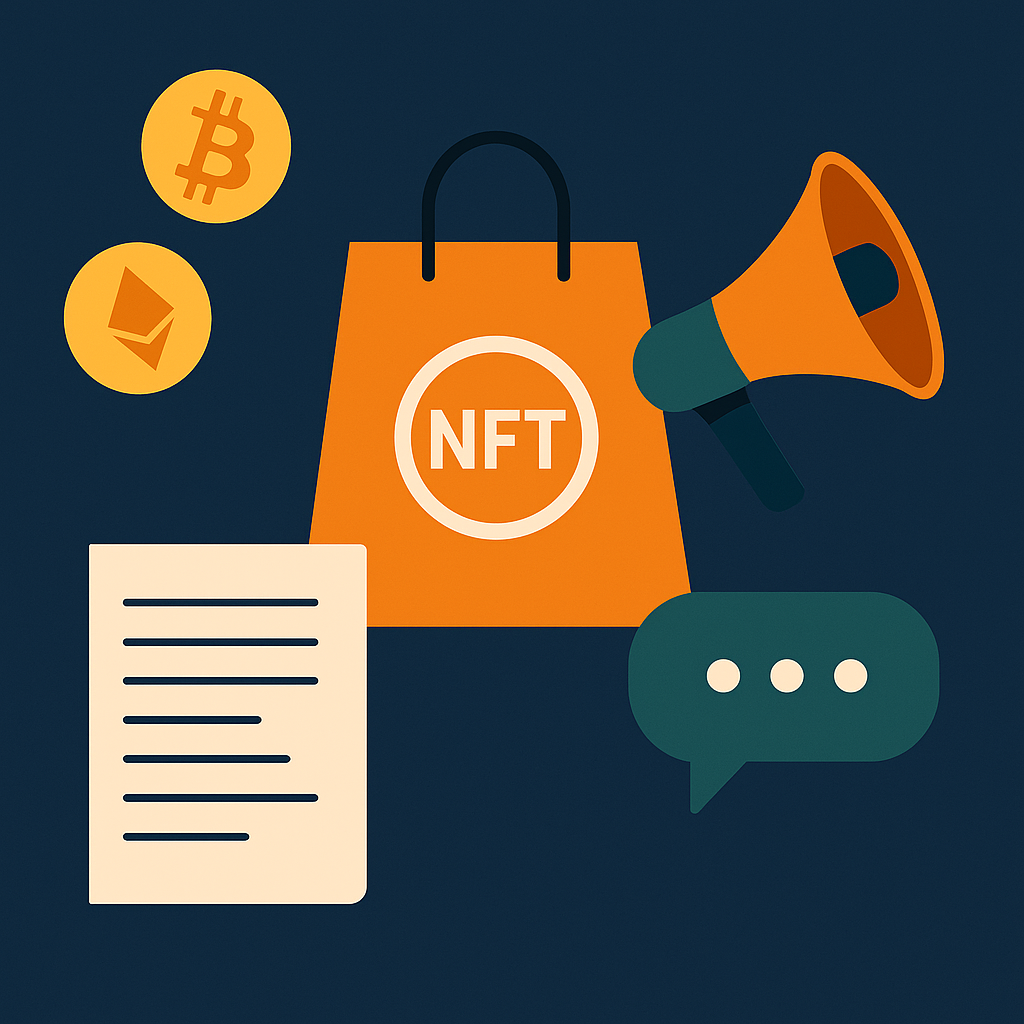The full story of the first real-world Bitcoin transaction — and why it still matters
🍽️ Introduction: A Pizza, a Programmer, and the Birth of Crypto Commerce
When we think about revolutions in finance, we often imagine monumental boardroom decisions, global economic shifts, or powerful institutions making bold moves. Rarely do we picture someone in pajamas ordering two large pizzas on a lazy weekend afternoon.
But that’s exactly what happened in May of 2010, when one programmer in Florida made a purchase that would go down in history — not because of what he bought, but how he paid for it.
With 10,000 Bitcoins, Laszlo Hanyecz unknowingly transformed cryptocurrency from a speculative computer experiment into a functional digital currency. And every year since, the crypto world has honored his decision with a global celebration called Bitcoin Pizza Day.
This is more than just a fun footnote in Bitcoin lore — it’s a pivotal moment that marked the first real-world transaction using crypto, and it opened the door to everything that followed: NFTs, smart contracts, DeFi, and multibillion-dollar blockchain ecosystems.
So let’s rewind. Let’s revisit what really happened, what it meant, and why — all these years later — we still celebrate a couple of pies that cost more than a private island.
👨💻 The Man Behind the Meal: Who Is Laszlo Hanyecz?
Laszlo Hanyecz wasn’t a celebrity, CEO, or Wall Street investor. He was just a coder — a pretty good one, in fact. He had been involved with Bitcoin since early 2010, helping to improve the source code and contribute to the growing community on forums like Bitcointalk.org.
At the time, Bitcoin was still a curiosity for cryptographers and tinkerers. Its value was minimal — most people mining Bitcoin were doing it for fun, running the program on laptops and desktops just to see what would happen.
Laszlo’s decision wasn’t just about food. It was about proving a point: Could this thing actually function as a currency, or was it just theoretical internet money?
Spoiler alert: He proved it.
🧾 The Legendary Offer
On May 18, 2010, Laszlo posted the following message to the Bitcointalk forums:
“I’ll pay 10,000 Bitcoins for a couple of pizzas… like maybe two large ones so I have some left over for the next day.”
At the time, 10,000 BTC was worth about $41 USD — based on sparse peer-to-peer exchange estimates.
Laszlo wasn’t picky about the toppings. He even said homemade pizza was fine. He just wanted someone to take Bitcoin in exchange for food — to test the usability of crypto as an actual payment mechanism.
🚴 The Delivery That Changed Everything
Four days later, on May 22, 2010, another Bitcointalk user took him up on the offer. A British-based forum member named jerkos coordinated the purchase, using a credit card to order two Papa John’s pizzas to Laszlo’s home in Jacksonville, Florida.
Laszlo sent 10,000 BTC to the user’s address.
The pizza was delivered.
The transaction was complete.
And just like that, Bitcoin had officially been used in commerce.
🍕 Why Pizza? Why Not Something Else?
Pizza is universal. It’s comfort food. It’s casual, easy to share, and instantly recognizable. You don’t need a bank or a government ID to buy pizza. You just need someone to take your money and deliver the pie.
And in Laszlo’s case, pizza was the perfect, low-stakes product to test a new financial idea. It was simple, symbolic, and satisfying.
Today, it has become more than a quirky anecdote — it has become the origin myth of crypto utility.
💸 The $500 Million Slice
Now here’s where the legend takes on a surreal edge.
At the time of purchase, 10,000 BTC was worth about $41.
But over the years, as Bitcoin’s price climbed into the thousands and then tens of thousands per coin, that same pile of BTC became astronomically valuable.
Let’s do some math based on Bitcoin’s historical highs:
| Year | BTC Price | Value of 10,000 BTC |
|---|---|---|
| 2010 | ~$0.004 | ~$41 |
| 2013 | ~$1,000 | ~$10 million |
| 2017 | ~$20,000 | ~$200 million |
| 2021 | ~$69,000 | ~$690 million |
| 2025 | ~$50,000 | ~$500 million |
That means each pizza slice (assuming 8 slices per pie) was once worth over $43 million at peak valuation.
Today, that pizza order is often referred to as the most expensive meal in history.
🧠 What Did Laszlo Think About It All?
Despite the enormous rise in value, Laszlo has never expressed regret.
In interviews, he’s emphasized that someone had to do it — someone had to demonstrate that Bitcoin could be used to buy something real. He was excited to participate in the evolution of a technology that fascinated him.
“It wasn’t like Bitcoins had any value back then, so the idea of trading them for a pizza was incredibly cool,” he once said.
He’s since become a cult figure in crypto circles — honored for his role as a pioneer, even as memes poke fun at the cost of his dinner.
🌍 Why Bitcoin Pizza Day Still Matters
Each year on May 22, the global crypto community celebrates Bitcoin Pizza Day.
It’s not just about nostalgia — it’s about recognizing how far we’ve come. Here’s why the day remains significant:
✅ 1. It Marked the First Real Use Case
Before the pizza, Bitcoin was an idea. After the pizza, it was a currency — capable of moving value across borders, instantly, without banks.
✅ 2. It Inspires the Community
Laszlo’s story reminds us that bold experiments matter. Someone has to go first. In crypto, doing is more important than theory.
✅ 3. It Highlights the Power of HODLing (and Not HODLing)
Bitcoin Pizza Day is often used as an example in investment psychology. What if Laszlo had held? What would 10,000 BTC buy today?
But that misses the point: he didn’t lose — he helped everyone win.
✅ 4. It Has Become a Global Tradition
Every year, pizza shops, crypto startups, and blockchain communities offer deals, giveaways, and themed events. It’s part celebration, part marketing opportunity, and part history lesson.
🧩 Fun Facts You Might Not Know
- 🍕 Laszlo actually made multiple pizza transactions using Bitcoin, though May 22 was the first confirmed one.
- 💼 Today, those same 10,000 BTC would buy you over 20 million pizzas at current Domino’s prices.
- 🤖 There’s even a Bitcoin Pizza bot on Twitter that tracks the real-time price of Laszlo’s order based on BTC’s market value.
- 🏆 Bitcoin Pizza Day is often used by crypto educators and marketers to onboard beginners, making it one of the most beginner-friendly entry points to crypto culture.
🛠️ Lessons from Bitcoin Pizza Day
Bitcoin Pizza Day isn’t just a quirky holiday. It offers real insights for investors, builders, and observers alike:
1. Utility Drives Value
The more things people can actually do with crypto, the more it grows. Laszlo’s transaction sparked a wave of experimentation that led to real businesses, wallets, and merchant services.
2. Timing Is Everything
Every generation in crypto has their “pizza moment” — a time when they spend tokens on something small that later skyrockets. It’s a reminder that value is fluid, and timing matters as much as holding.
3. Culture Matters
Crypto isn’t just about tech. It’s about stories, memes, people, and shared moments. The pizza story is one of the most human narratives in an otherwise technical space.
🚀 Fast Forward: What Pizza Would You Buy Today?
In 2025, using crypto to buy pizza is no longer revolutionary — but it’s still fun.
Dozens of delivery services, point-of-sale systems, and gift card providers now accept BTC or stablecoins. With a crypto debit card, you can pay in Bitcoin at nearly any modern pizza chain.
Ironically, buying pizza with BTC today might be less risky — but it’s still not advisable if you think BTC will continue climbing.
Unless, of course, you’re hungry and feeling a bit historic.
🧠 Final Thoughts
The story of Bitcoin Pizza Day is absurd, hilarious, and profound — all at once.
It shows us that revolutions don’t always begin with press releases or politicians. Sometimes, they begin with a coder, a craving, and a simple desire to make something real.
Laszlo Hanyecz didn’t just buy pizza.
He validated a currency.
He kickstarted an economy.
And he reminded us all that sometimes the smallest actions — like buying a slice — can become the most legendary decisions of a lifetime.
So this May 22nd, whether you’re a Bitcoin maxi, a blockchain skeptic, or just someone who loves a good story, raise a slice to Laszlo.
He gave us the first taste of what crypto could really do.




